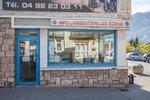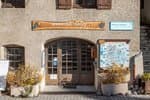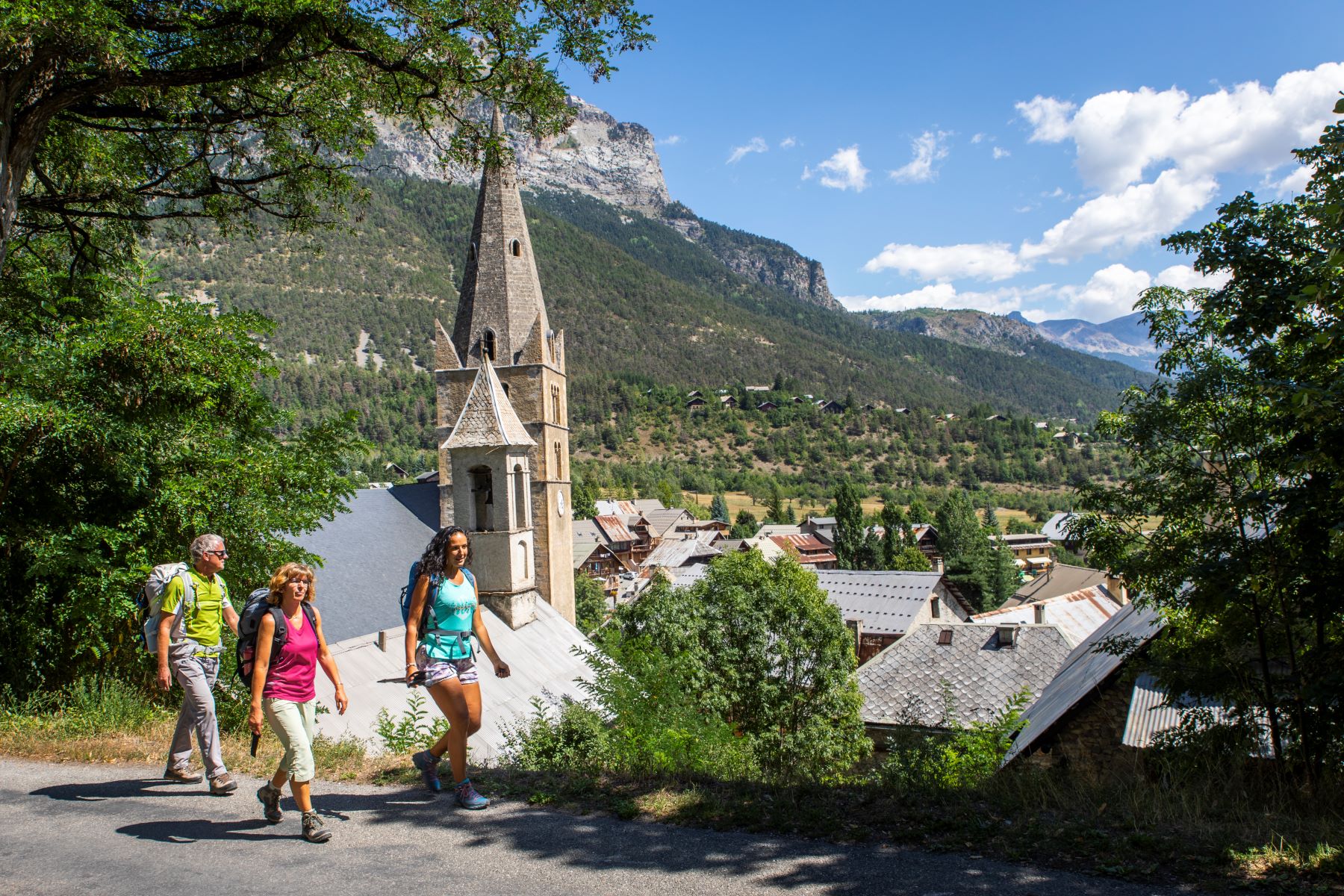
3. From Vallouise to L'Argentière-La Bessée
Vallouise... its bell tower, its traditional architecture, its gardens! Puy-Saint-Vincent... its tiered and contrasting layout, its cable cars, its panoramic view! L'Argentière... its history, its shops, its white water centre! And in between these iconic locations... forest, alpine pastures, meadows!
Description
- In Puy-Saint-Vincent 1400, when you reach the main road, skirt around the SDIS (fire service) building on the right (pedestrian walkway, metal steps). Take the paved road on the left as far as the chapel of St-Roch. Skirt around the chapel and take the paved road on the right (leaving the GR waymarking). Go across the car park - private property, gate. At the far end of the car park, take a narrow forest path that follows the stream Les Alberts (trail no. 15). When you come to a paved road, turn left onto it and pass underneath the cable cars. When you come to another paved road, turn right onto it (trail no. 15). Follow the road for approximately 600 metres and then take the path on the right. From here, follow the GR waysigns until you reach the Col de la Pousterle - the route alternates between path, paved road and track.
- When you reach the Pousterle plateau, you come to the large signpost "Forêt des Vigneaux". Cross the track and the car park (flat area) and you come to a path which you turn right onto (trail no. 15). Follow this path as it rises gently (Les Vigneaux). After approximately 2 km, its starts to descend. After the third hairpin, take the path on the right which cuts across the track at regular intervals (trail no. 15). (/!\steep, narrow stretches of path, poor grip). When you reach a flat area ("Champ des Ans 1,550 m"), join the track. Do not take the path opposite, but follow the track for 20 metres and join a path that leads away to the right (VTT no. 16). You then follow the mountain biking route (VTT no. 16) until you reach Les Collets above L'Argentière.
- When you come to the "Les Collets" paved road, turn left (heading towards L'Argentière centre). After 50 metres, take the track on the right (Via Ferrata car park) and head towards the clock. Take the small path on the left which runs down under the cliff. You enter a cul-de-sac (houses). Follow this to the first roundabout. Take the pedestrian walkway which runs under the railway line. Bear left towards the centre of L'Argentière.
- Departure : Vallouise
- Arrival : L'Argentière-La Bessée
- Towns crossed : Vallouise-Pelvoux, Puy-Saint-Vincent, Les Vigneaux, and L'Argentière-la-Bessée
Altimetric profile
Information desks
23 Avenue de la République, 05120 L'Argentière-La Bessée
Place de l'Eglise, 05340 Vallouise
Vallouise Park house
, 05290 Vallouise
Information, documentation, models, exhibitions, screenings, product sales and works of the Park. Guided tours for school, reservation required. The new Park House opened in Vallouise since June 1, and offers visitors an interactive permanent exhibition inviting to explore the area and its heritage. A temporary exhibition space will allow a renewed offer. Finally, the device is completed by an audiovisual room to organize screenings and conferences Free admission. All animations of the Park are free unless otherwise stated.
Sensitive areas
Short-toed snake eagle
- Impacted practices:
- Aerial,
- Sensitivity periods:
- MarAprMayJunJulAugSep
- Contact:
- Parc National des Écrins
Julien Charron
julien.charron@ecrins-parcnational.fr
Peregrine falcon
- Impacted practices:
- Aerial, Vertical
- Sensitivity periods:
- FebMarAprMayJun
- Contact:
- Parc National des Écrins
Julien Charron
julien.charron@ecrins-parcnational.fr
12 points of interest

Place de l'Église - Thibaut Blais  History
HistoryThe church in Vallouise
The church of Saint-Étienne dates from the fifteenth and sixteenth centuries. Inside is an altarpiece and a tabernacle in gilded wood dating from the eighteenth century, together with come mural paintings. Not far from the church stands the late sixteenth-century Chapel of the Penitents with a nineteenth-century painted facade.

Petit rhinolophe enveloppé dans ses ailes - Mireille Coulon - Parc national des Écrins  Fauna
FaunaThe lesser horseshoe bat
In summer, bats take up residence in the church roof. The species living here is the lesser horseshoe bat, which has been in serious decline over recent decades. Every year, the mothers return after hibernating in caves and each one gives birth to one bat pup. Bats are insectivore mammals threatened by the insecticides used on farmland and on wooden structures and the loss of their hunting habitats and roosts, among other things. They are all protected.
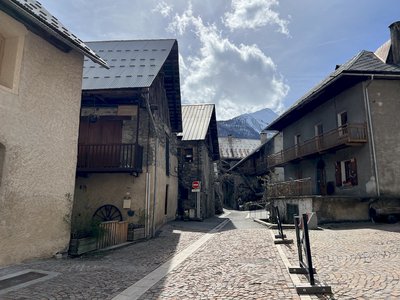
Rue de Champ de Ville - Pierre Nossereau  Architecture
ArchitectureVallouise
Multi-storey houses - typical of the architecture in the valley in the seventeenth and eighteenth centuries - stand on the old village street. The ground floor was reserved for animals, the first floor for habitation and the upper floors for grain storage. People moved from one floor to another by means of balconies interconnected by a staircase. Many of these balconies are arcaded with stone columns. This type of arcaded balcony is found throughout the valley.

Torcol fourmilier - Damien Combrisson - Parc national des Écrins  Fauna
FaunaThe northern wryneck
The old trees in the orchard are home to the northern wryneck. It has a loud song, rather like that of the green woodpecker, only slower. This bird owes its name to the extreme way it extends and twists its neck when it feels threatened. Its French name torcol fourmilier is a reference to the fact that it feeds on ants (fourmils in French). Difficult to spot because its plumage merges into the colour of the tree trunks, it gives its presence away by its song when it returns from its migration.
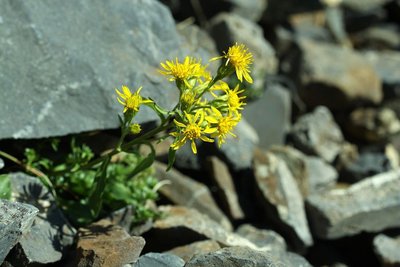
Petite verge d'or - Cédric Dentan - Parc national des Écrins  Flora
FloraThe great goldenrod
In damp spots on the edge of the track, swathes of tall plants grow. It forms great plumes of tiny yellow plants. The great goldenrod, still known as the tête d'or or "head of gold" is a plant native to North America and introduced into Europe in the eighteenth century as an ornamental. Since then, it has colonised a large are of Europe and in some places it even competes with the local flora.
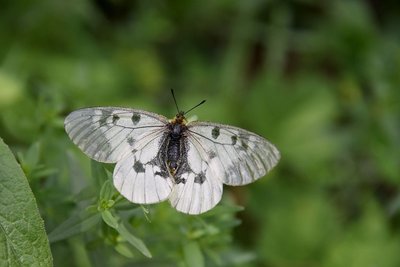
Le semi-apollon - Mireille Coulon - Parc national des Écrins  Fauna
FaunaThe clouded Apollo
This butterfly with hyaline (glass-like) translucent white wings, marked with two black spots, flutters around the clearing or the edges of the forest, where the host plants of its caterpillars grow: the corydalis. Although abundant locally, it is nevertheless a species in sharp decline and is protected.
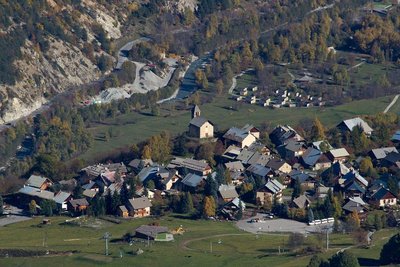
Vue sur Puy Saint Vincent - Christophe Albert - Parc national des Écrins  History
HistoryThe Sentier du Facteur - the postman's path
In former times, the postman would take this path every day: He would set out from Vallouise, deliver letters in Puy-Saint-Vincent and drop back down to Vallouise, stopping at the hamlets of Parcher on the way. In the winter, when the snow was too deep, the Traversouires (the inhabitants of Puy-Saint-Vincent) donned their snowshoes and wielded their shovels to clear the postman's path down to Vallouise.

Chauve-souris en vol en contre jour - Mireille Coulon - Parc national des Écrins  Fauna
FaunaForest-dwelling bats
Bats don't just live in caves! In summer, some forest-dwelling species shelter in old hollow trees or woodpecker holes during the day. Sometimes, the females also form little colonies here, where their young will be born (one bat pup per female). In this forest, which is still young with very few old trees, artificial roosts have been installed to help the bats and to facilitate their study.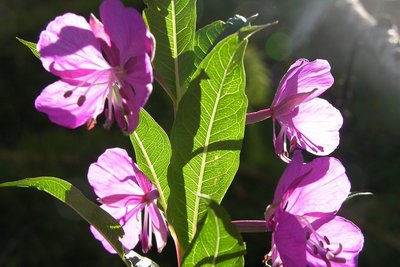
Epilobe en épis - Thierry Maillet - Parc national des Écrins  Flora
FloraThe rosebay willowherb
The forest tracks are edged with great swathes of a tall plant which has purple flowers arranged in loose spikes. The rosebay willowherb is a pioneer plant and favours road embankments and disturbed ground. In late summer, its very numerous seeds, each with a little plume, float away en masse glowing in the advancing twilight…

La chouette chevêchette - Christophe Albert - Parc national des Écrins  Fauna
FaunaThe pygmy owl
The call of this small, nocturnal bird of prey can be heard in the spring, and also in the autumn when it can utter some peculiar sounds. Active during daytime hours and at dusk, the pygmy owl is a predator of passerine birds and small forest rodents. But when they spot it, passerines will come together in large numbers to mob it, so as to prevent any attempted surprise attack. It is restricted to mountain forests where it seeks out trees with woodpecker cavities where it builds its nest.
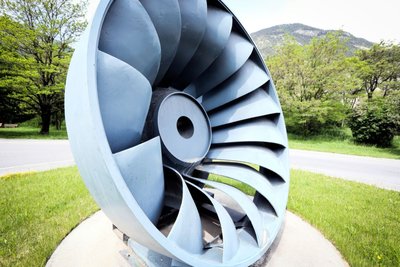
La turbine Francis - Jan Novak Photography  History
HistoryThe Francis turbine
The American James Francis developed the Francis turbine between 1849 and 1855. It is a “àreaction” turbine suitable for medium-sized waterfalls (with a water head of between 15 and 500 metres). The water enters the turbine and then circulates between the turbine blades, which are fixed, while the inner wheel is mobile. The pressure at the wheel intake is greater than the pressure at the outlet.

Le compresseur mobile - Jan Novak Photography  History
HistoryThe mobile compressor
In the mines, compressed air is used to remove dust and to create power for the drills. The mobile compressor holds compressed air in a resistant tank. This is brought to a high pressure via a pump (the compressor). The compressed air is then distributed to the mine machinery through a conduit system.
Source

Report a problem or an error
If you have found an error on this page or if you have noticed any problems during your hike, please report them to us here:

